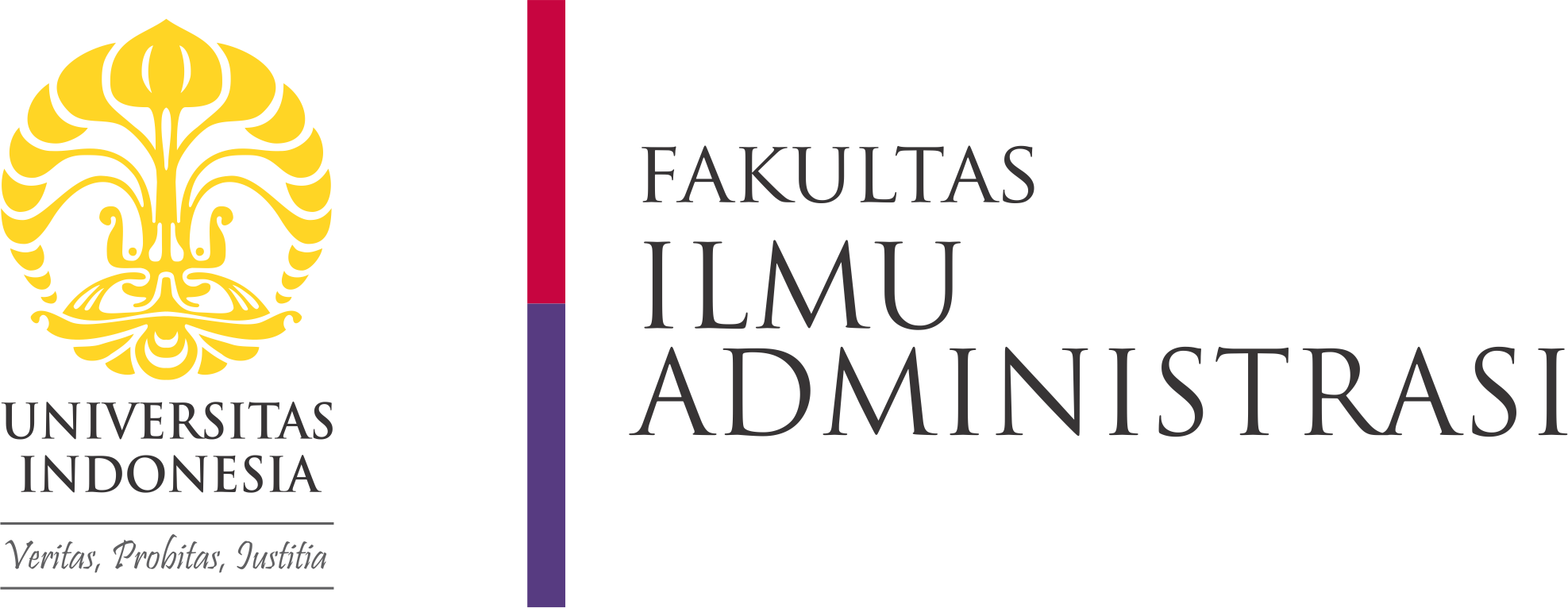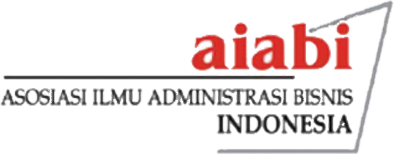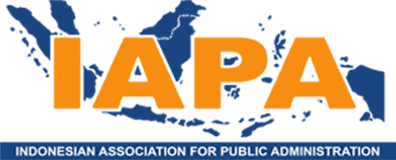Abstract
In a number of developed countries, tax incentives for universities have improved the quantity and quality of graduates; in the long run, recapture tax potential losses have grown due to workforces with high levels of income. Therefore it is essential to review policies on state levies in Indonesia, since only 4% of the total national workforce have university-level education. The research maps and evaluates various forms of tax incentives for education under various tax regimes. Data is gathered through documentation study, extensive interviews, and focused group discussions. The policies are evaluated using the six policy criteria proposed by Dunn (2003). Research shows that there are many types of state levies for education, both in the form of taxes and non-tax state revenue (PNBP). In general, current policies for income tax (PPh) incentives are more progressive compared to those of previous tax regimes, although other tax incentive policies still face many limitations. Furthermore, tax incentives for higher education have not fully met the requirements for effectiveness, efficiency, adequacy, equity, responsiveness and appropriateness. It is our hope that findings from this research will serve as recommendations for policymakers in refining policies on tax incentives for higher education.
Recommended Citation
ROSDIANA, HAULA
(2012)
"Evaluating State Levies for Higher Education,"
BISNIS & BIROKRASI: Jurnal Ilmu Administrasi dan Organisasi: Vol. 18:
No.
2, Article 8.
DOI: 10.20476/jbb.v18i2.1005
Available at:
https://scholarhub.ui.ac.id/jbb/vol18/iss2/8






